
Home improvement stores have built their reputations for decades on generous return windows and the reassurance that if something went wrong, customers had time to make it right. That safety net just got a lot smaller. In a 2025 move that industry analysts call “the most severe retail return restriction to date”. Lowe’s and Home Depot have rolled out a policy change that leaves customers just 48 hours to return major appliances.
The sudden shift is shaking consumer expectations, and raising significant questions about what it means for your next renovation.
The 48-Hour Shock
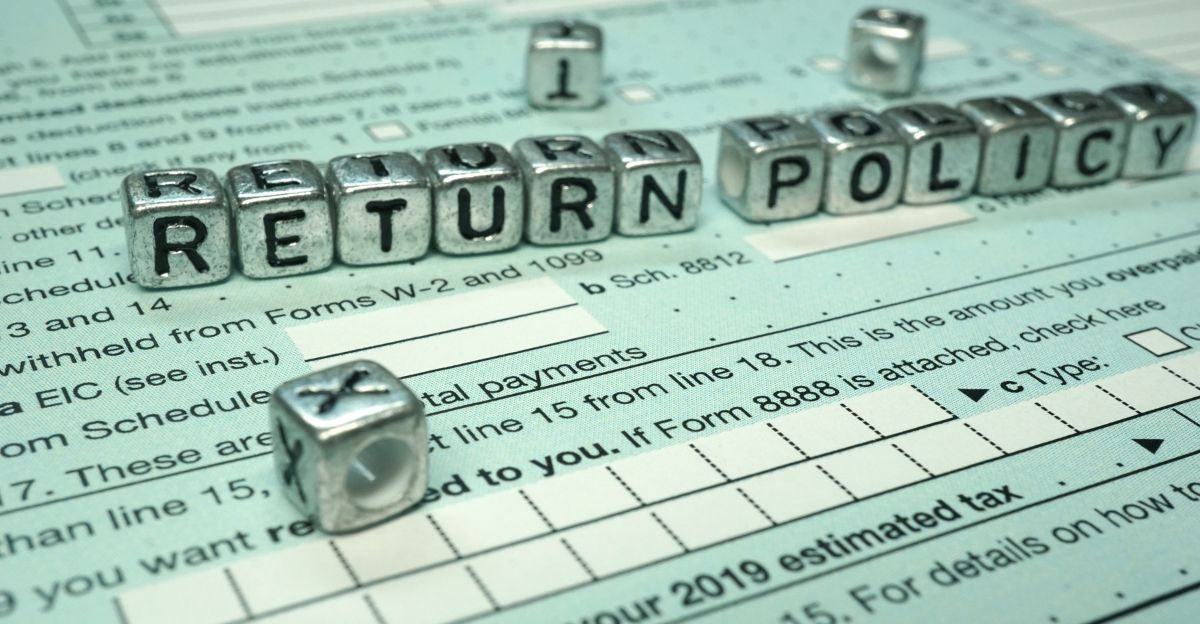
Lowe’s and Home Depot now give customers just two days to return major appliances, a jarring change from the 30-day period most shoppers have come to expect. If your new fridge hums like a freight train, your washer leaks on day three, or your oven won’t heat past lukewarm, the store may shrug and send you straight to the manufacturer.
Only Major Appliances …
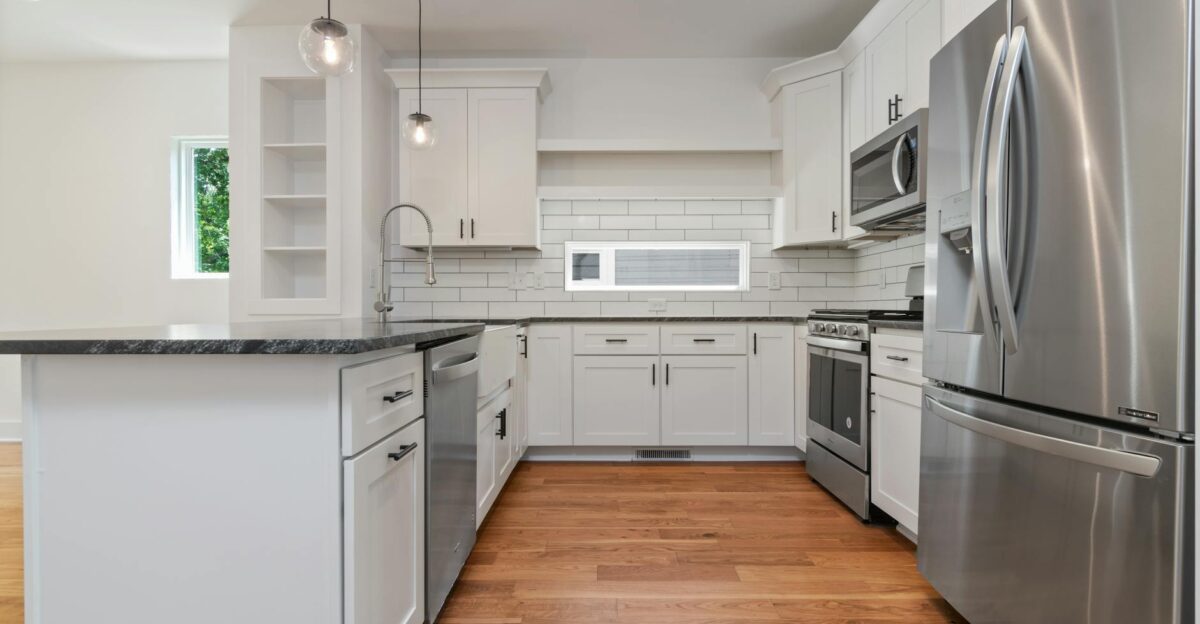
This is aimed squarely at high-ticket, bulky appliances: refrigerators, washers, dryers, stoves, and some built-in microwaves. These are the kinds of purchases where customers usually want extra time to ensure everything works as promised.
Unlike returning a blender, these items require delivery crews, installation, and sometimes even a few days of trial use to uncover issues.
Why the Sudden Crackdown?
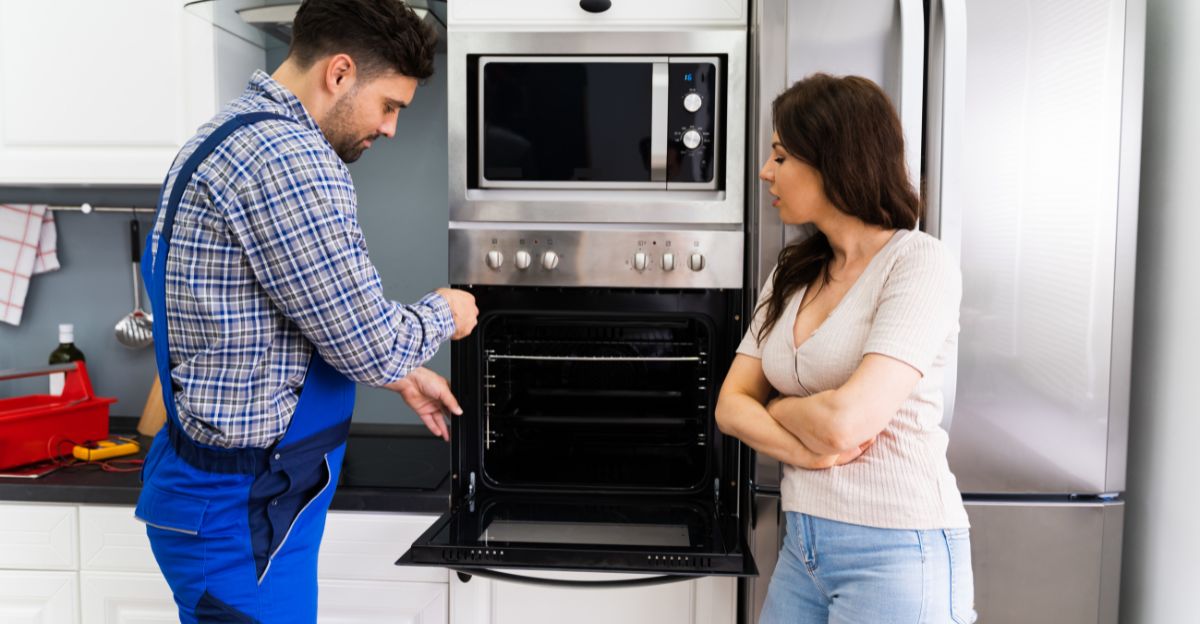
According to the National Retail Federation, U.S. retail returns topped $743 billion in 2023 and could climb toward $890 billion in 2024. Those losses are more than a rounding error for big-box chains, they’re a profit threat. Home Depot and Lowe’s are trying to plug that leak by limiting high-cost returns, especially on items that can’t be resold as new.
While the move may curb abuse, like using and returning an appliance for a big event, it risks alienating honest customers caught in the crossfire.
How It Works at Lowe’s
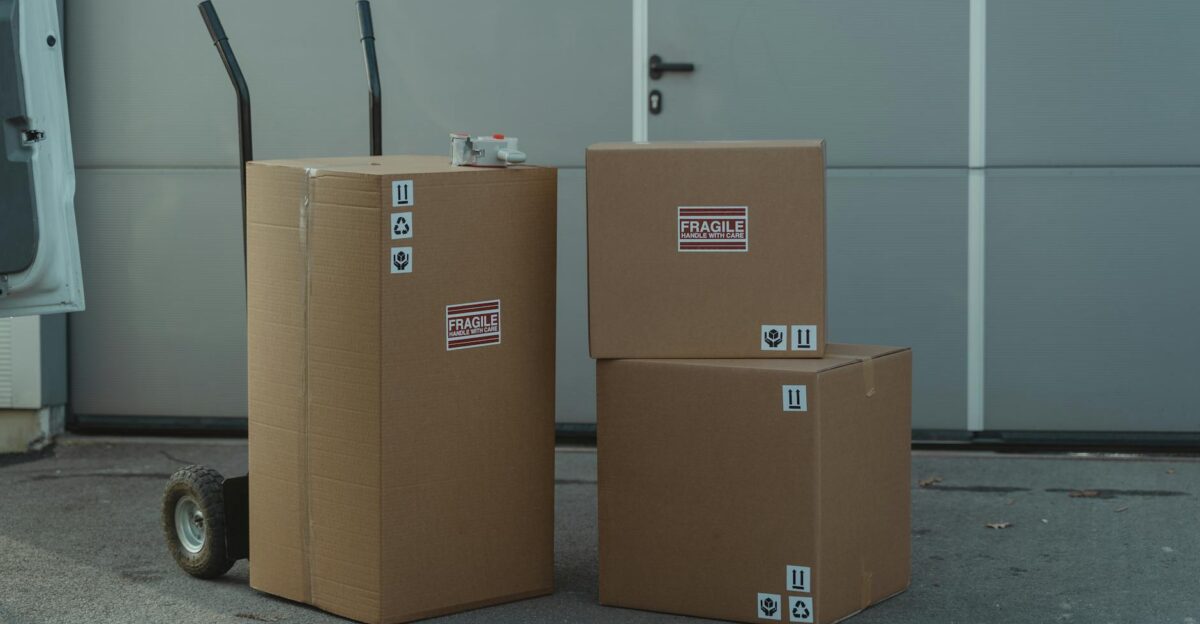
At Lowe’s, your 48 hours begin when the appliance is delivered or picked up . If you didn’t pay with a Lowe’s credit card or the box is no longer factory-sealed, your return chances drop sharply. Most other items in the store still have a 90-day window, but appliances are now the strict exception.
The policy is so firm that even minor cosmetic damage found after two days can push you straight into the manufacturer’s warranty process instead of a store swap.
Home Depot’s Parallel Policy
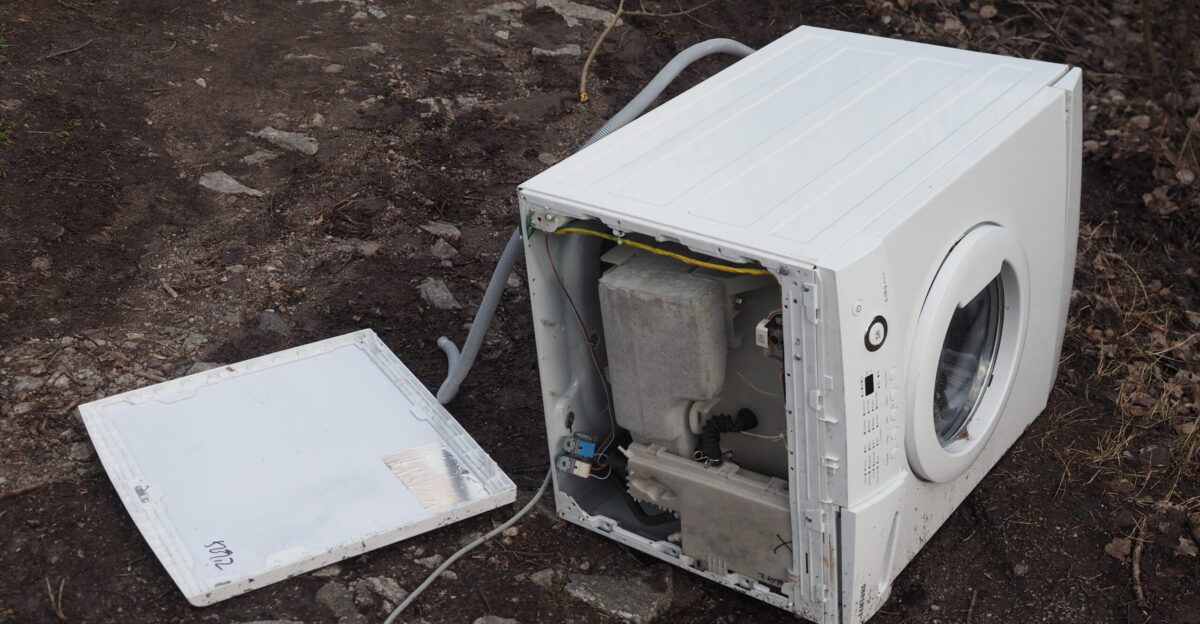
Home Depot’s rules are identical: spot defects within 48 hours and report them to the Customer Solutions team. If you miss that window, they’ll direct you to the manufacturer’s warranty, no exceptions. In practical terms, your ability to negotiate with a local store manager is virtually gone.
The company’s reasoning? Like Lowe’s, they’re framing it as a way to streamline processes and reduce loss, though many shoppers see it as cutting customer service to the bone.
No Statement, No Compromise

When USA TODAY reached out to Lowe’s and Home Depot for comment, neither retailer offered an official response. Silence, in this case, may be strategic, keeping the narrative controlled and avoiding public sparring matches with frustrated shoppers.
It’s worth noting that major chains often test controversial policies quietly before deciding whether to make them permanent or adjust under pressure.
Industry Comparisons

Not every big-box store is going this route. Costco, for example, still offers a 90-day return period on major appliances, a policy frequently cited by DealNews as one of the most customer-friendly in retail. The stark difference fuels debate over what constitutes a fair policy.
Some analysts suggest that Costco’s member-based model allows for more generous returns because loyal customers are less likely to abuse the system.
What If You Miss the Window?

After 48 hours, your sole safety net is the manufacturer’s warranty. That means you’ll be dealing with call centers, scheduling repair visits, and waiting on replacement parts rather than walking into a store for a swap.
While warranties can cover severe defects, they rarely address inconvenience, and the process can stretch out for weeks.
The Fine Print Bites
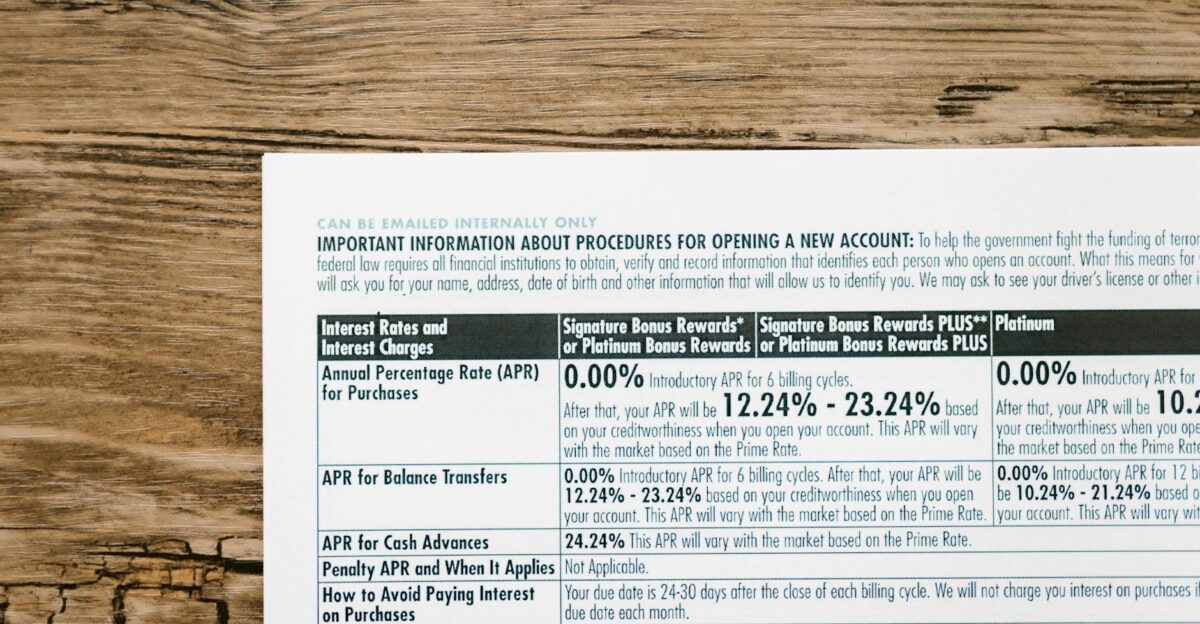
Special orders and configured products at Lowe’s carry an extra sting, return them after 72 hours, and you’ll pay a 20% restocking fee. In some cases, returns aren’t accepted at all.
For customers ordering custom-color appliances or built-ins, this could mean hundreds of dollars lost for simply changing their minds, or discovering a mismatch once they’re in their kitchen.
Seasonal & Exclusionary Rules

Both retailers also enforce strict seasonal exclusions. Holiday items, a giant light‑up snowman or a Halloween animatronic, must be returned before the actual holiday. Anything purchased on post-holiday clearance is a final sale.
That means “next year’s decorations” shopping is officially a gamble.
Exceptions That Matter
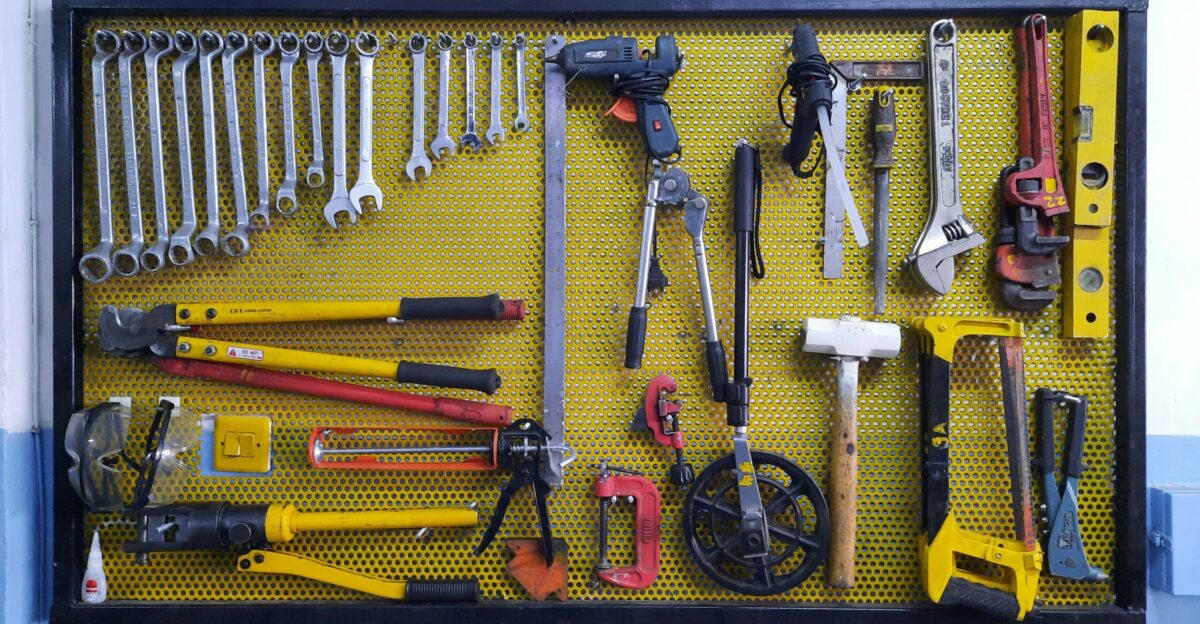
It’s not all doom and gloom, most tools, décor, gardening supplies, and hardware still enjoy the traditional 90-day return window. The key is knowing that appliances and specific outdoor power tools are the primary victims of the new rules.
This makes knowing your product category before checkout more critical than ever.
Motivation Behind the Policy

In corporate speak, both chains cite the need to protect margins and reduce operational costs. Large appliances are expensive to handle and resell and often lose value when installed.
By shortening the return window, retailers cut down on shipping, storage, and damage costs, but they risk losing shoppers to competitors who still prioritize flexibility.
What Customers Are Saying

Scroll through Reddit threads or appliance-focused forums, and you’ll find no shortage of frustrated posts. Many buyers claim they were blindsided, with one user noting they only discovered the policy “when it was already too late”.
The common sentiment? Consumers feel they’re paying for the mistakes and abuses of others.
Tips for Surviving the Policy Change

To stay ahead of the 48-hour clock, the pros recommend inspecting every appliance the moment it arrives, testing all settings and cycles before the delivery team leaves, and photographing any defects as evidence. It’s also wise to read the fine print before making payment and to keep every receipt.
While these steps won’t make the new policy any friendlier, they could save you from some of the worst, and most expensive headaches later.
What’s Next for Shoppers?
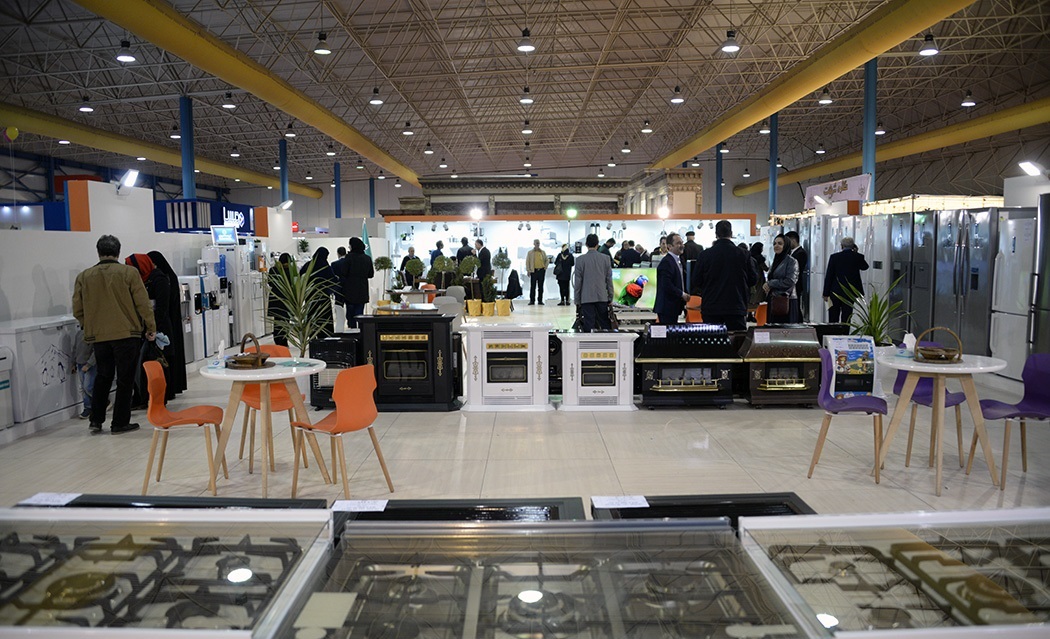
If history is any guide, these policies could either stick or quietly loosen if customer pushback is strong enough. Until then, expect vigilance to become part of the appliance‑buying process. For many, the choice will be simple: either adapt to the new normal at Lowe’s and Home Depot, or take your business to retailers who still give you breathing room.